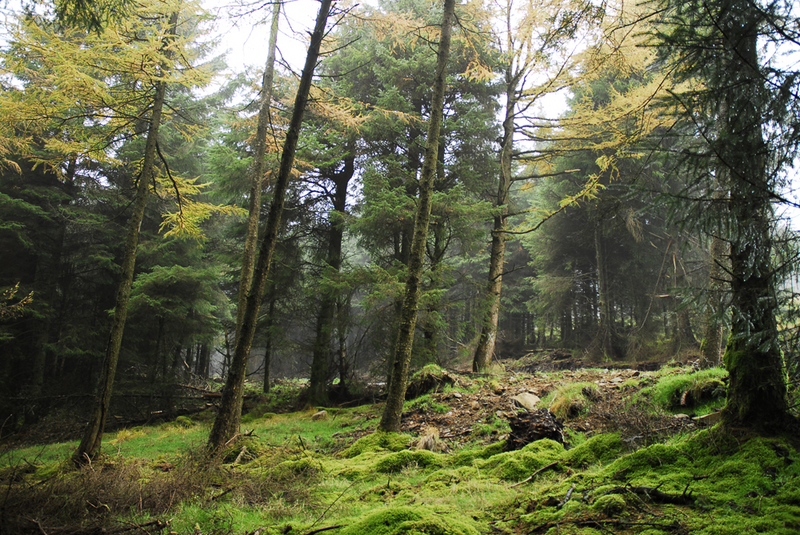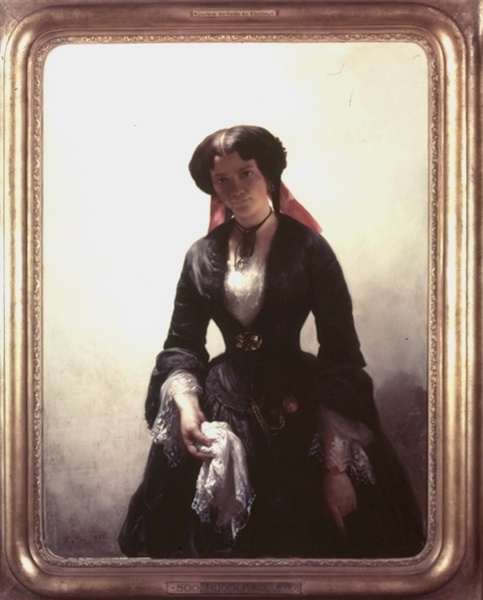On your screen, this image may look like just a photo of a forest, and depending on your interest in ‘Nature’, trekking, or even photography, you may or may not spend more than a few seconds gazing at the image. But the original is a 77.7 x 104.2 cm painting – yes, a painting – quite impressive, so delicately painted, and demonstrating such a great study of light that I kept saying to myself ‘no way, impossible!’. Well, there it was, hanging in the Kunsthause Zürich, part of the Swiss Realism collection. While it is just a painting of a forest, a traditional realist landscape motive, there is something about this painting, when you are there in front of it, in a museum, suddenly observing no more than a few trees, ferns… and the light. And you start to wonder why that composition and not other, why didn’t he turn around and looked for some open in the forest to show distant lands, or why choosing those trees and no others. All this, supposing he didn’t painted the subject by memory at his studio. By now I don’t know much about this painting, although I can be sure that it must have been an exercise in light.
It reminded me of a photograph by Maria de la Iglesia, of a similar composition, taken in the Ireland’s Wicklow mountains, somewhere deep in the Devil’s Glen. I am attracted to the colours, the light, the textures, and I cant help to look for symmetry and parallelisms in the trees, as if I needed to justify the image itself in order to accept that it has been presented to me. As in the case of Zünd’s Eichwald, the ultimate reason to present such image has to be something like: “Look; stop for a while if you care, and look carefully, as I did. What do you see?”. The answer is Light. And then it becomes Realism.
Looking across the hall from Zünd’s painting, there is another very impressive painting, this time by Rudolf Koller, Die Schwester des Künstlers. Koller also belongs to the Swiss Realism. What really fascinates me about the painting is the light, again. The image here is not of great quality, hard to find a good one, but you can see how he chose to hide her face by placing her a step forward from, most likely, the studio’s skylight, and leaning her head forward. There is a warn light coming from the right, from outside the image, perhaps a brass or copper plate? And then there is the encoded body language, one hand pointing down, the other one holding the handkerchief, …and the unfinished background. All in a golden frame with rounded inner corners (one of the best frames I’ve ever seen). This is a beautiful photo-carte de visite!
The ‘Sister of the Artists’ is hung in my favorite room in the whole Kunsthause building, and hexagonal room, covered in dark oak wooden panels, with a circular skylight keeping it bright, and a beautiful and simple patterned carpet. Perhaps, soon, I can post an image of this room here.


